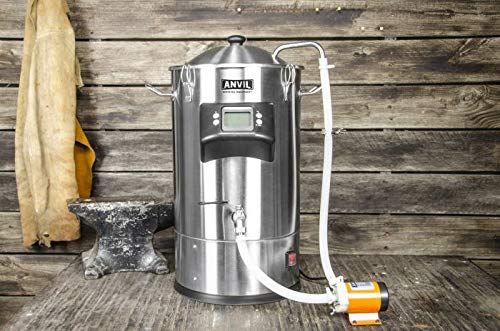I always thought that patterns were generally two-piece, or more, split-pattern type, until I visited Bob Pearson's shop and saw the original Cretors patterns.
All of the Cretors patterns for the popcorn engines, and popcorn wagon cast parts are one-piece.
The cretors patterns appear to be made from bronze, and soldered together, probably with soft solder.
Some of the Cretors patterns would be quite thin if made in two piece, such as the spokes on a #1 flywheel.
It made me question why Cretors used all one-piece patterns for all of their commercial work, if 2-piece patterns are so good ?
I think it boils down to two things.
1. It is much easier to make a pattern in one piece, even if it is pieces of patterns, such as a flywheel spoke.
2. One-piece patterns are very durable, and if made of bronze, you won't easily bend, break, or otherwise damage one even after thousands of uses.
3. One-piece patterns don't have loose pieces that get lost.
The fact that the Cretors patterns survive perfectly intact to this day is testament to the one-piece method.
.
All of the Cretors patterns for the popcorn engines, and popcorn wagon cast parts are one-piece.
The cretors patterns appear to be made from bronze, and soldered together, probably with soft solder.
Some of the Cretors patterns would be quite thin if made in two piece, such as the spokes on a #1 flywheel.
It made me question why Cretors used all one-piece patterns for all of their commercial work, if 2-piece patterns are so good ?
I think it boils down to two things.
1. It is much easier to make a pattern in one piece, even if it is pieces of patterns, such as a flywheel spoke.
2. One-piece patterns are very durable, and if made of bronze, you won't easily bend, break, or otherwise damage one even after thousands of uses.
3. One-piece patterns don't have loose pieces that get lost.
The fact that the Cretors patterns survive perfectly intact to this day is testament to the one-piece method.
.























































![DreamPlan Home Design and Landscaping Software Free for Windows [PC Download]](https://m.media-amazon.com/images/I/51kvZH2dVLL._SL500_.jpg)








![MeshMagic 3D Free 3D Modeling Software [Download]](https://m.media-amazon.com/images/I/B1U+p8ewjGS._SL500_.png)



































































